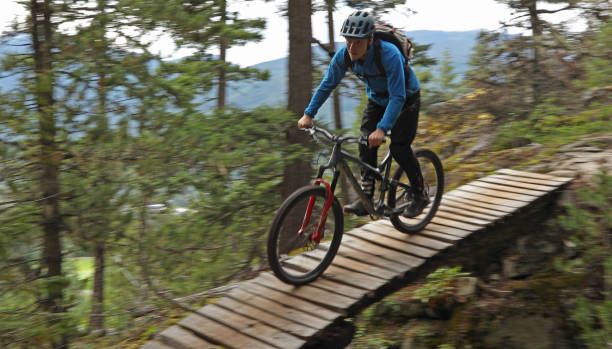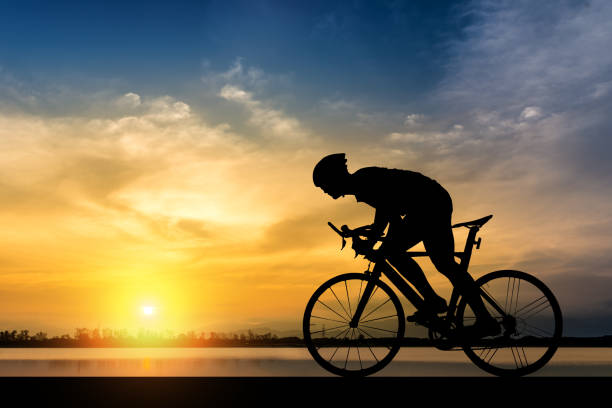The answers to these questions can vary depending on who you talk to and where you ask. But the consensus among experts seems to be that cycling makes your legs bigger because it works them harder than any other physical activity. The benefits of being able to cycle at a high volume for long periods of time aren’t just academic. The benefits are real; regular cycling is an excellent way to keep in shape and lose weight without breaking the bank. It’s also a great way to stay healthy—it’s good for your heart and blood pressure, it tones your legs, and it tones your lower back by doing away with drafts and saddle sores. The drawbacks are well documented as well – the only downside some people consider is the difficulty they have in adapting to the “new” look of their legs, especially after years of sitting on their computer desk all day long. In this article, we take a deep dive into what researchers have discovered about how cycling makes your legs bigger, both scientifically and for average Joe Average Teeth (not us!).
What does cycling have to do with legs?

The main reason cycling makes your legs bigger is that it works them harder than other activities. The amount of work you do while cycling is what causes your muscles to grow larger, rather than any additional fat you might gain through diet or activity. You see, the muscles you use while cycling are the same muscles that are responsible for holding you upright, so they get plenty of work too. This means that your lower body is getting used to hard work, and as a result, it gets stronger.
How cyclists build muscle and lose fat

There are a number of ways to build muscle and lose fat, but the most obvious is to diet. Unfortunately, diet is difficult and often expensive, so the easiest way to build muscle and lose fat is to lift weights. Weight training can be a very effective way to lose body fat, and it can also build muscle. Like with diet, it’s important to pick the right foods for your goals. As with most diet plans, you’ll want to focus on complex carbs (like bread, pasta, and potatoes) and simple sugars (like syrup, sugary drinks, and sugary foods). This is because complex carbs and sugar are stored in your muscles as glycogen, while simple carbs are broken down quickly and used as energy.
Finding the correct cycling shoes is key!

The right shoes for cycling can make or break your results. Choosing the right shoe can make a huge difference in terms of comfort, performance, and even safety. It’s important to choose a shoe with a good grip and plenty of support. Look for shoes with a midsole that feels squishy but stable. Soles should be lightweight and flexible, with good traction and good for long periods of time. And don’t forget about your pedals! If you’re having trouble with your feet falling asleep while cycling, you may want to check out our article on how to get rid of foot pain.
- Conclusion
Climbing hills can be a challenge for those who don’t frequent them as often as they’d like, but it doesn’t have to be a reason to stay in shape. In fact, regular cycling makes your legs stronger and helps with bone density, which can show up in your older age as increased bone mass. Cycling also tones your stomach and helps you stay healthy, while helping you lose weight. The only downside is that it makes your legs look a little thicker.

